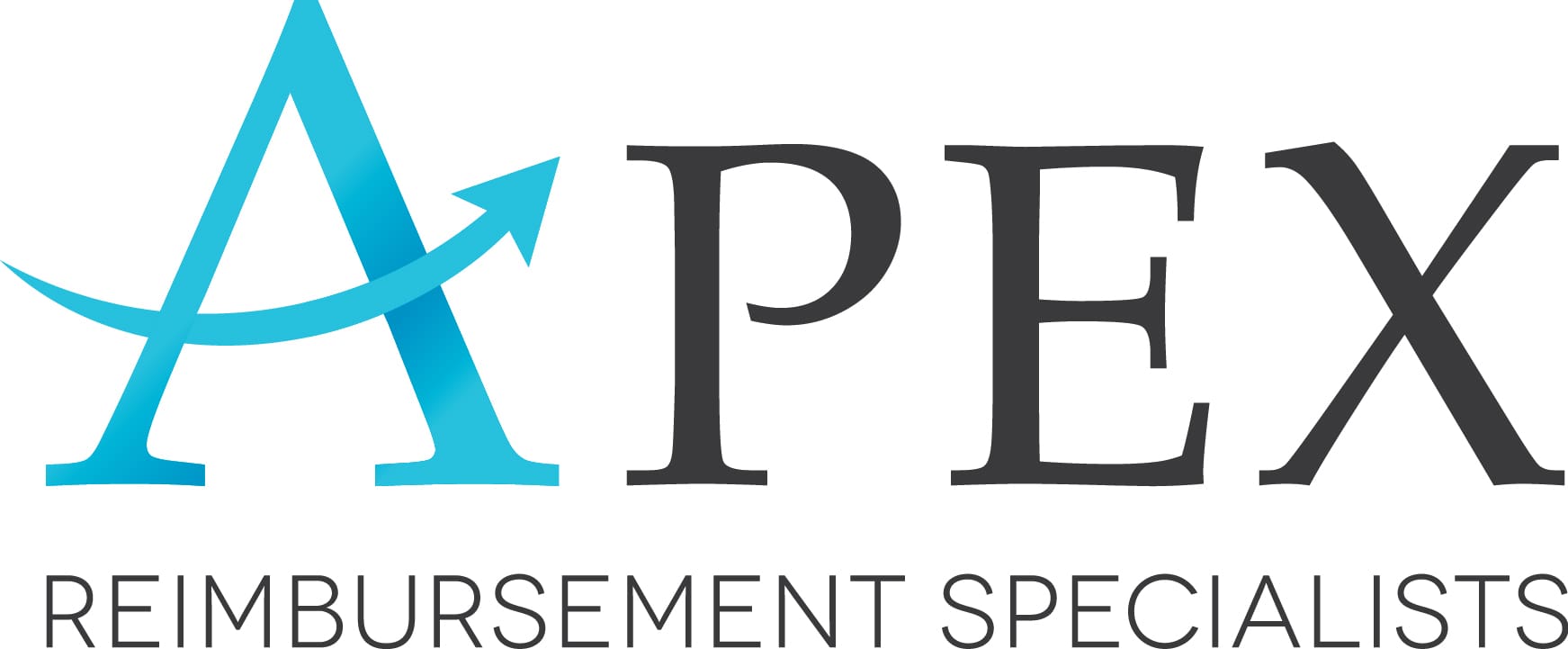Revenue cycle management (RCM) is a critical aspect of running a successful dental practice. RCM encompasses many different parts of your business, including things like patient billing, insurance claims, and revenue generation. For dentists, understanding common revenue cycle management terms is essential to ensure that you are operating as efficiently as possible and tracking key metrics. What terminology should every practice know?
Revenue Cycle Management
It only makes sense to start our walk through key terminology with revenue cycle management! Revenue cycle management describes the complete process of managing a dental practice’s finances, from the initial patient appointment to receiving the final payment. This cycle includes many things, like patient scheduling, insurance verification, treatment planning, coding, billing, and collections. By optimizing your RCM, you can ensure that your practice maintains steady income and minimizes the risk of lost revenue.
Patient Eligibility Verification
Patient eligibility verification is the process of confirming a patient’s insurance coverage before providing treatment. This is a very important part of revenue cycle management as it ensures that the services you’re providing will be covered by the patient’s insurance plan. Verifying eligibility ahead of time helps avoid denied claims and unexpected out-of-pocket costs for patients.
Denial Management
Denial management is the term used to describe handling and resolving denied insurance claims. When a claim is denied, it is important to act fast and identify the reason for the denial, correct any problems, and resubmit the claim. Effective denial management helps decrease the number of denied claims at your dental practice and ensures that you aren’t leaving money on the table.
Payment Posting
Revenue cycle management does not just involve billing, it also involves noting the payments that you’ve received! Payment posting refers to recording the payments that you get from patients and insurance companies into your dental practice’s billing system. To do so, you’ll need to note payments on the correct patient accounts, update the AR balance, and look for any discrepancies. Accurate payment posting is essential for maintaining up-to-date financial records and ensuring that all payments are accounted for.
Adjustments
Adjustments are changes made to a patient’s account balance due to a write-off, discount, or an agreement with the insurance provider. Adjustments are a key part of revenue cycle management, as they ensure that you are showing the most accurate patient balance after applying things like insurance payments and any other discounts. Performing adjustments properly helps ensure accurate billing and financial records.
Coordination of Benefits (COB)
Coordination of benefits refers to determining the order in which multiple insurance providers will pay for a patient’s services. This often happens when a patient has coverage through than one insurance plan, such as their employer and a spouse’s employer. Proper coordination of benefits ensures that you receive the maximum reimbursement from the patient’s insurance coverage and that the patient is not overcharged.
Key Performance Indicators (KPIs)
Key performance indicators (KPIs) are metrics used to measure the success of various parts of the revenue cycle management process. Some of the most common KPIs in dental practices include the average days in AR, claim denial rates, and the percentage of collections. Tracking KPIs helps you quickly identify areas for improvement and helps to ensure that your dental practice is operating as efficiently as possible.
Simplify Revenue Cycle Management with APEX Reimbursement Specialists
Whether you’re looking for a way to make revenue cycle management at your dental practice easier or hoping to improve your overall patient communication plan, APEX Reimbursement Specialists is here to help. Contact our team today by calling (410) 710-6005. We look forward to working with you to make your practice a more profitable place.


